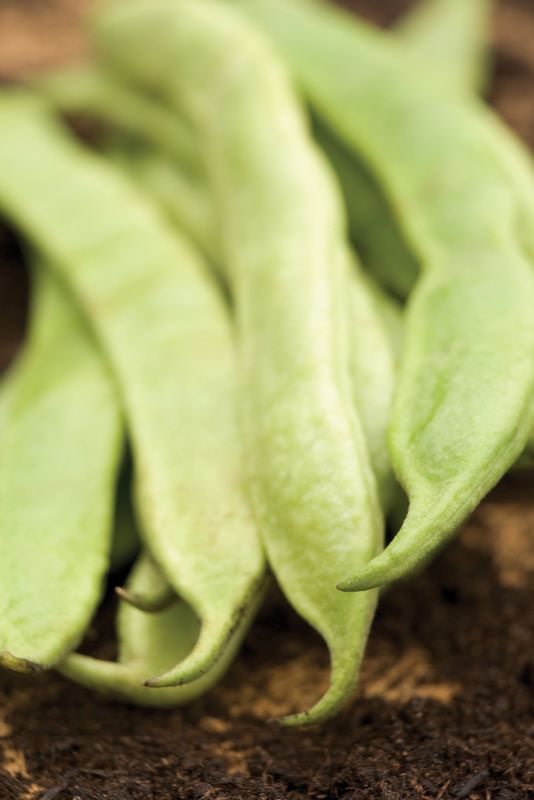- Home
- News, Articles & Reviews
We are hiring! Please click here to join our growing magazine delivery team in Gloucestershire!
Areas
Homes & Gardens
Archive

Your garden should be bursting into life
All Areas > Homes & Gardens > In the Garden
Author: Julia Smith, Posted: Sunday, 24th April 2016, 08:00
May is here already! The garden is bursting into life and any work that you have already done now comes into its own – you are ahead of the game!
Delicious in a salad or steamed until just cooked
Runner beans are the mainstay of my vegetable garden in the summer. They are so delicious picked fresh and either sliced and eaten raw in salads, or steamed until just cooked. Sow them as the soil warms up, making a wigwam of bamboo canes for the beans to twine up, or buying one of the ready-made obelisks in hazel or metal. These obelisks look good even in the winter, as they add structure to the garden.
I make a hole before I sow the beans and empty my compost from the kitchen in there for a few days – peelings, tea bags etc. I then sow my bean on the top on a layer of soil the usual depth, and this helps keep the moisture in, which the beans so love.
Clematis need constant tying in as they scramble up their supports. Use soft twine and tie in a figure of eight, being careful not to damage the delicate stems. They look superb growing up through climbing roses and shrubs, extending the season of interest or flowering at the same time as their host but with contrasting colours.
Pruning is more simple for late flowering clematis
Try Sambucas racemosa ‘Sutherland Gold’ with a beautiful blue Clematis ‘Perle d’Azur’ growing through it, or a lovely Rosa ‘Gertrude Jekyll’ with Clematis ‘Etoile Violette’ scrambling up it. If you choose late flowering clematis, the pruning is more simple as they are Group 3 and just need to be chopped off about 30cm high in early spring – very easy! Give the clematis a spring feed with a high-potassium rose-type fertilizer, gently forked into the soil surface, and then water and mulch (but don’t let the mulch touch the stems as it may rot them).
Deadhead plants to make them stronger next year
Shear over early-spring flowering plants such as Brunnera, Iberis, Cerastium and Aubrieta to keep them tidy. If you don’t want your Helleborus x hybridus to set seed, now is the time to deadhead them, which will make them stronger plants for the following year. Helleborus argutifolius needs different treatment by cutting away the stems carrying the old flowers at ground level. Apply a general fertilizer and water and mulch. Do remember that Euphorbia produces a milky sap, which can cause severe irritation so wear gloves when handling!Other Images
Copyright © 2025 The Local Answer Limited.
Unauthorized use and/or duplication of this material without express and written permission from this site's author and/or owner is strictly prohibited. Excerpts and links may be used, provided that full and clear credit is given to The Local Answer Limited and thelocalanswer.co.uk with appropriate and specific direction to the original content.More articles you may be interested in...


© 2025 The Local Answer Limited - Registered in England and Wales - Company No. 06929408
Unit H, Churchill Industrial Estate, Churchill Road, Leckhampton, Cheltenham, GL53 7EG - VAT Registration No. 975613000You are leaving the TLA website...
You are now leaving the TLA website and are going to a website that is not operated by us. The Local Answer are not responsible for the content or availability of linked sites, and cannot accept liability if the linked site has been compromised and contains unsuitable images or other content. If you wish to proceed, please click the "Continue" button below:




